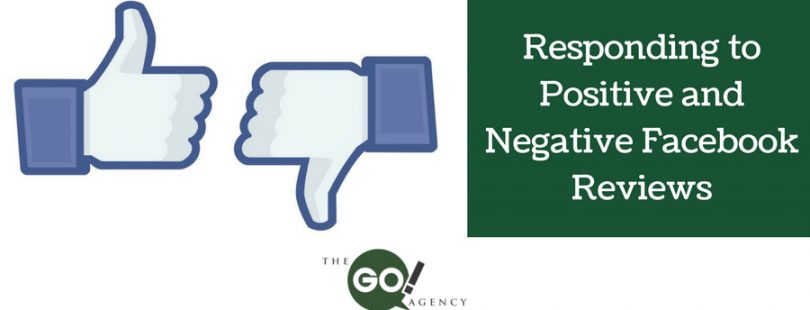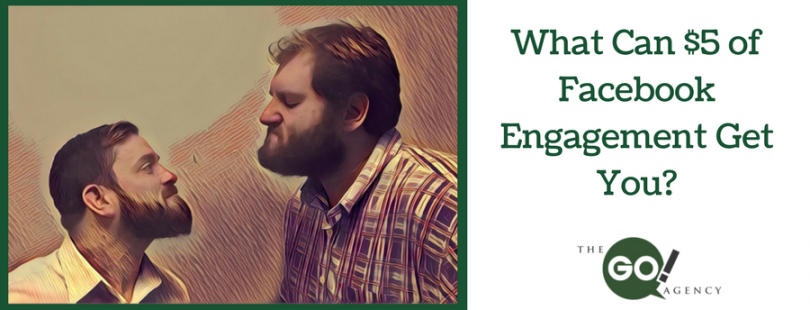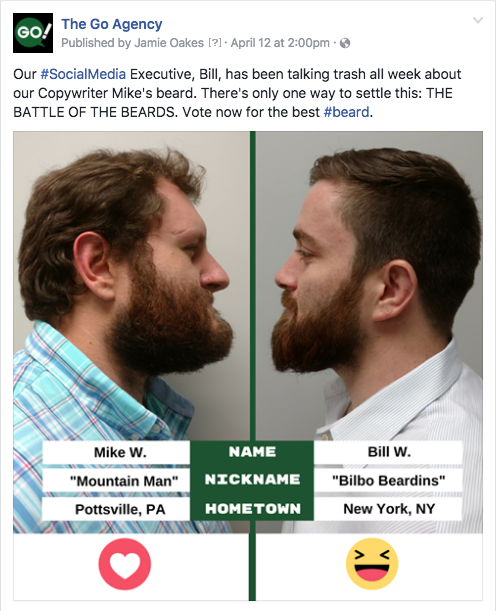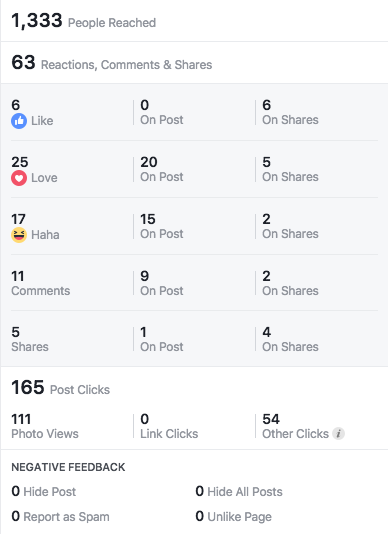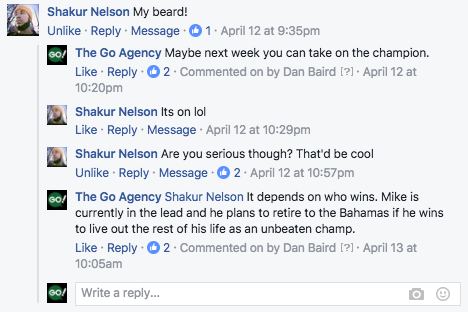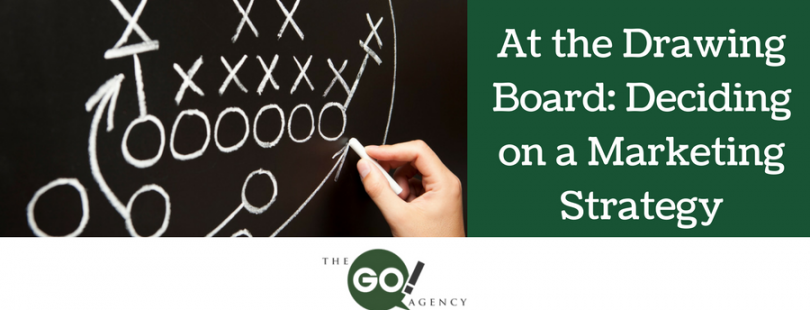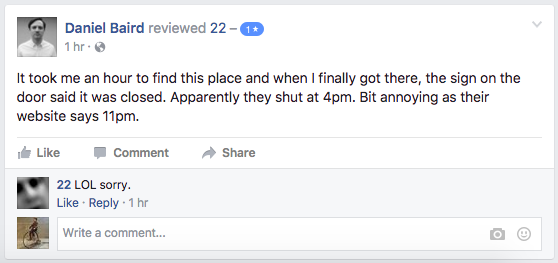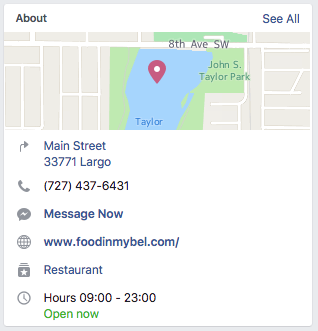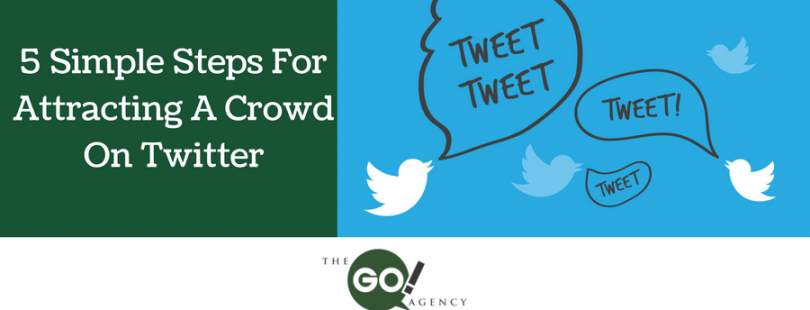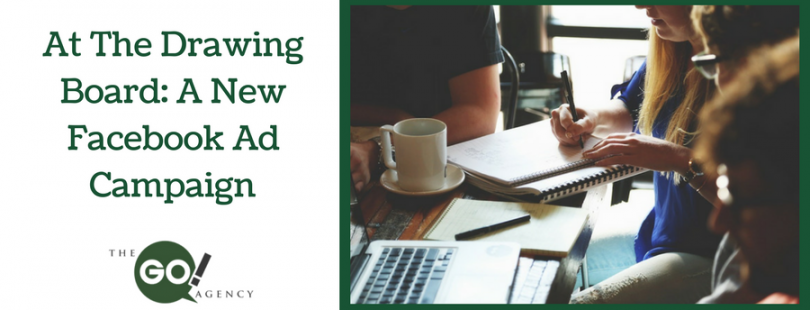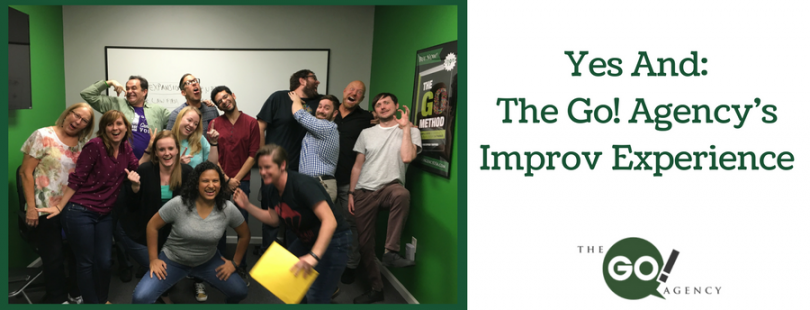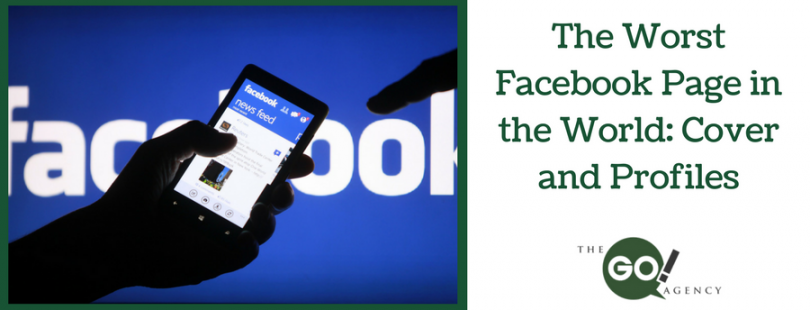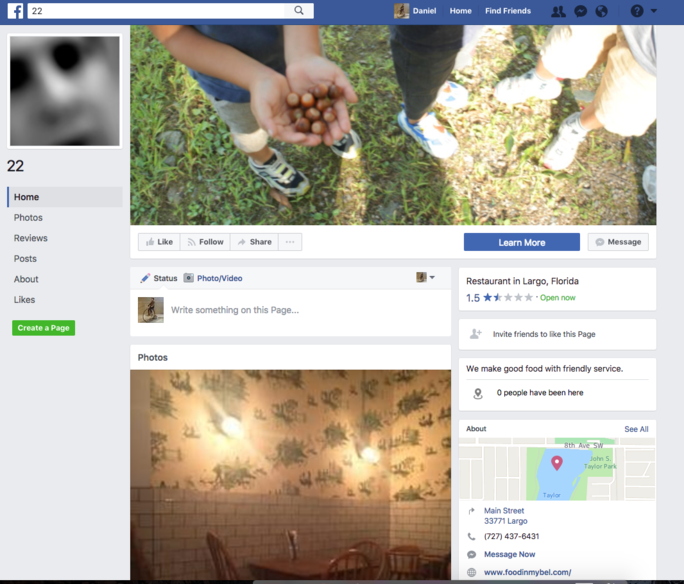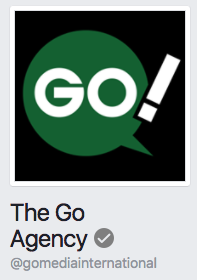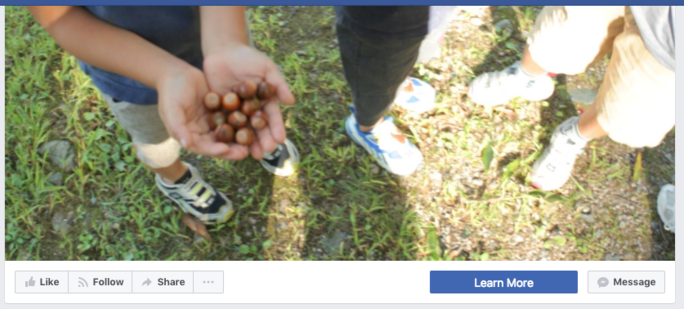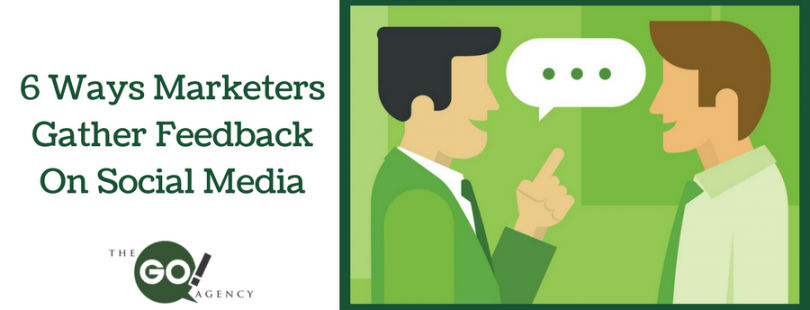In my last post in our series about The Worst Facebook Page In The World, we discussed the importance of customer reviews on a Facebook page, along with reminding you that details on your page should be accurate and up-to-date.
This time, I’m going to talk about how a business should interact with users on Facebook whether the customer has something positive or negative to say.
Should You Respond to Facebook Page Reviews?
The golden rule when it comes to comments and reviews is that with a few exceptions: you should respond to everybody.
First, think of it this way. If somebody has taken the time out of their day to write you something, it’s just basic good manners to respond to them. The only thing it will cost you is a moment of your time.
Not responding could give off the impression that you don’t care. Not just to the person that left the comment, but anybody that sees the review on your Facebook page.
Responding to Positive Facebook Page Reviews
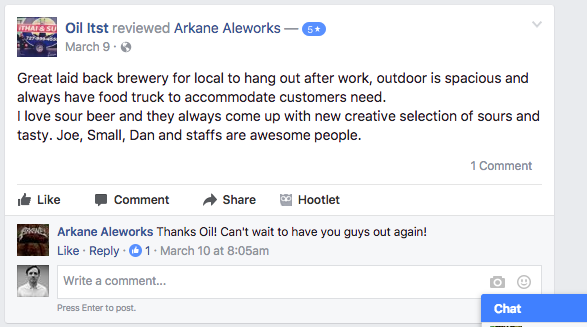
- A chance to interact again with previous customers to leave a good impression.
- An opportunity to show potential customers how nice they are.


While I wouldn’t go as far as to say that responding to reviews will increase a business’s revenue, I would say that it leaves a good impression which is never a bad thing.As I mentioned in my last post, many business owners forget that the customer experience doesn’t start when somebody enters the physical location. It starts online when someone looks at your website or Facebook page. So you need to make your Facebook page show that the actual customer experience will be a good one.
But more than that, by creating a social media presence that people want to engage with, you’ll keep your business in the mind of old customers to build their loyalty.
Even the best businesses can’t keep everybody happy all of the time though. Eventually, everybody gets something everybody fears: The Negative Review!
Responding to Negative Facebook Page Reviews
Getting a negative review, especially one where your business wasn’t at fault, can be infuriating. It can make you feel angry and annoyed. You may even be tempted to set the customer straight.
A word of advice: No matter how bad a review makes you feel, NEVER TAKE THE BAIT!
By responding to a negative review with anger, you’ll only hurt your business.
The best case scenario is that a potential customer sees you responding negatively to a customer and decides they’d rather go elsewhere.
The worst case scenario is your negative review could snowball into a full on social media witch-hunt leading to a boycott of your business. (It happens!)
Now, as I mentioned earlier in this post, you should always respond to your reviews, even the negative ones. So how do you respond to a negative review?
First put on your best customer service hat. You need to act professional, empathize with the customer and also apologize. Here’s a perfect example from a nearby hotel:

Disagreeing with the customer isn’t needed. Simply an apology and being open to the customer to let them (and everybody else) knows that their negative experience is something important.
The original Hooters in Clearwater also offers a good example of replying to negative reviews on its Yelp page.
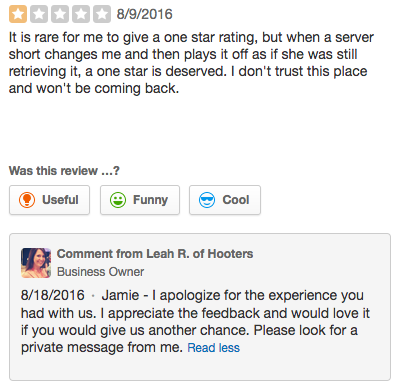
Again, it’s a simple apology followed by an offer to open up a dialogue with the customer.
In both cases the business wants to bring the dialogue off the public Facebook page and into a more private setting, so no more damage can be done on social media, but also so that they can make it up to the customer in a private setting.
By replying to negative reviews, potential customers will see that your business cares. Although you can do little about the black mark on your social media, you can play it to your advantage in how you respond to it.
Of course, the best way to tackle negative reviews has nothing to do with social media. It’s to ensure your customers all have a positive experience when they visit you, so they don’t feel the need to leave negative reviews in the first place.
However, you can use your social media reviews to take a note of where your business can improve and what needs to change in future. While also giving yourself some credit for what you customers tell you you’re doing right.



